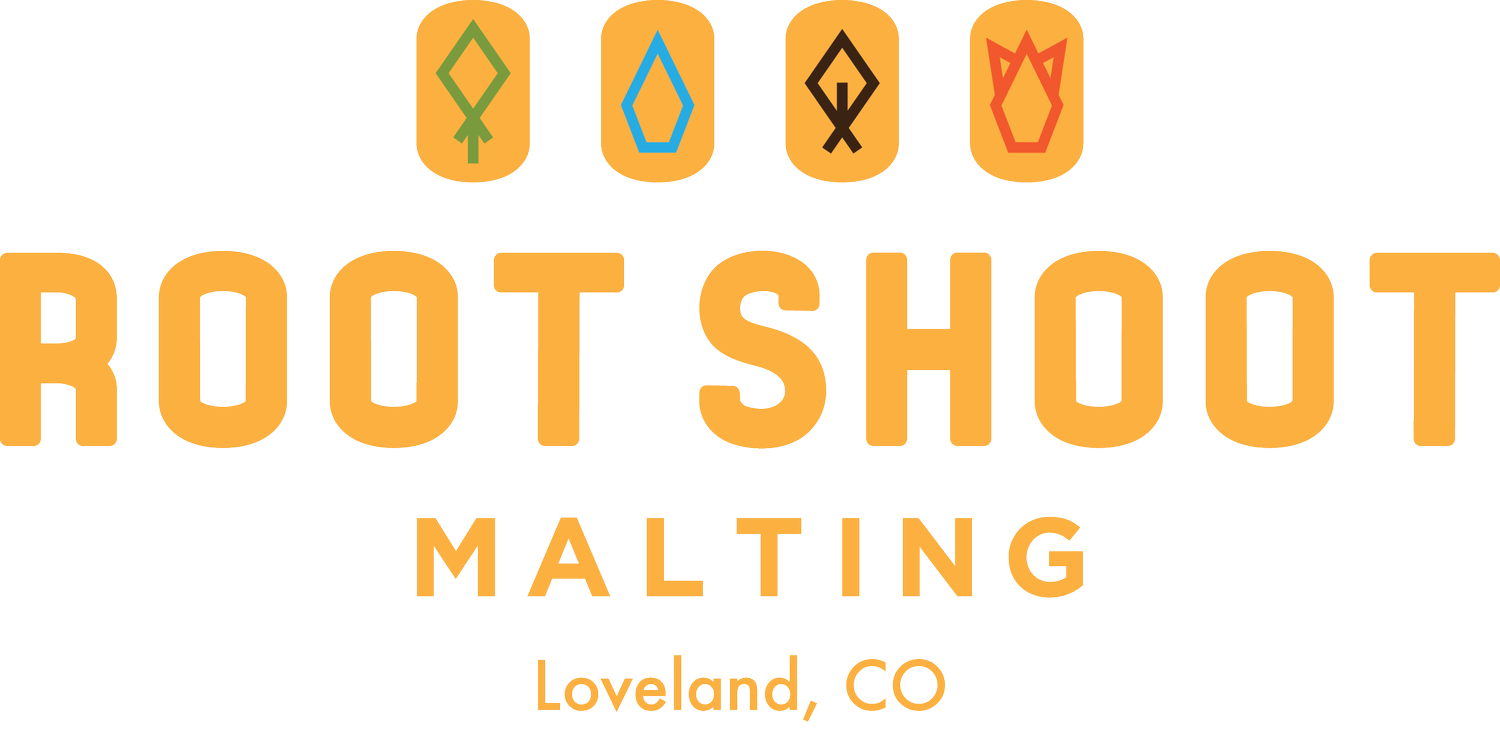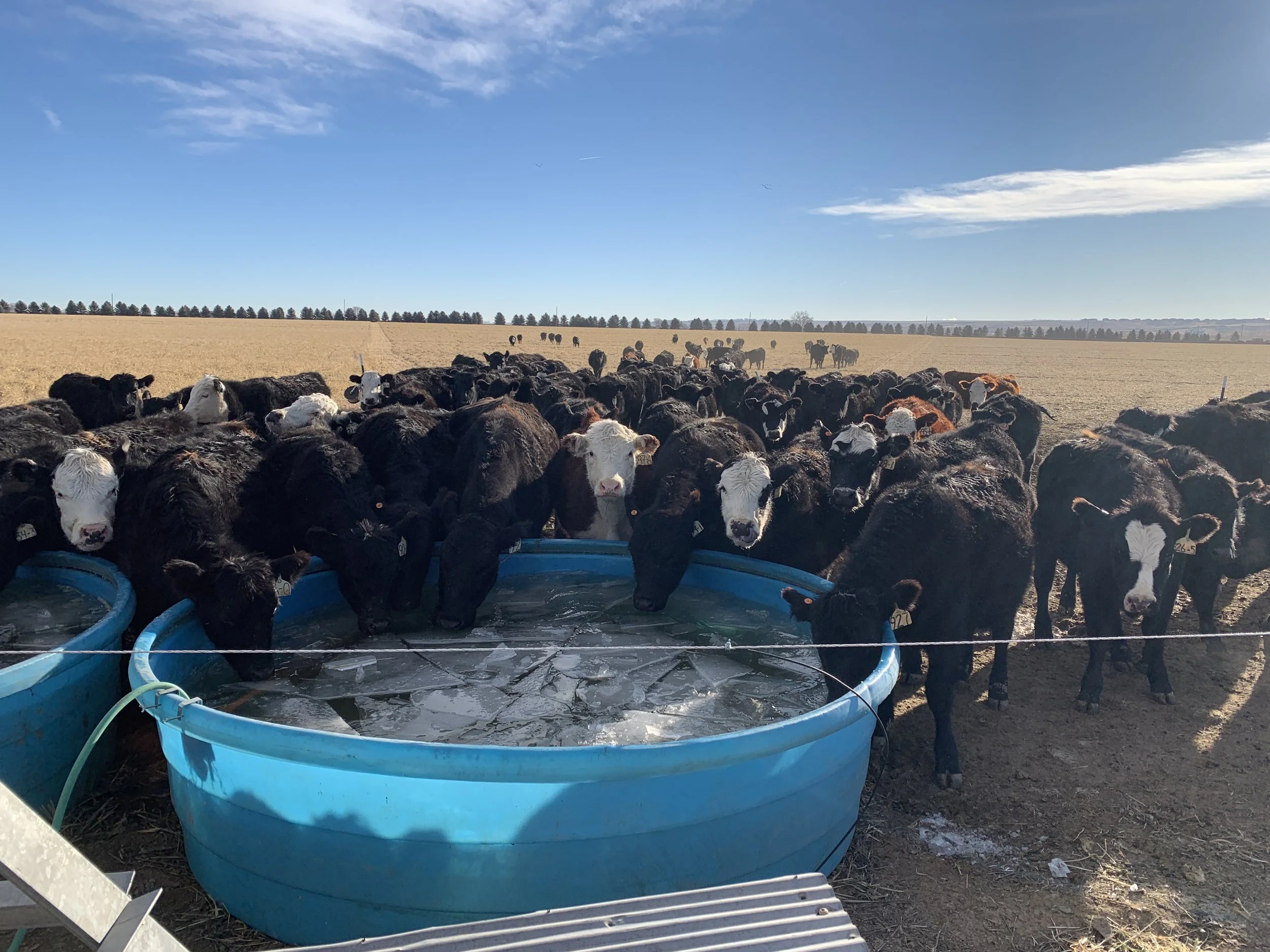It’s February on the farm, but don’t think for a minute that that means we’re over here sippin’ on stouts with our boots kicked up reading candy heart messages to the cows.
Well, maybe the stout part is true. Who doesn’t celebrate stout month?
And we do like saying nice things to the girls grazing the fields, but we don’t dare pass them candy hearts. Billy the Bull has a nasty jealous streak in him, and he’s an awfully big dude. You ever been chased by a bull? No?
We do not recommend it. If you think cardio workouts at the gym are bad, you should try cardio workouts in a pasture dodging bovine land mines while being pursued by a beast that weighs as much as a brick outhouse.
Not a good time.
Billy aside, (he’s really quite docile as long as you don’t flirt with his ladies) cattle play an integral part of our work here on the farm. They produce beef, certainly. We’ll harvest around 20 cows this calendar year, which we’ll sell in bulk (quarters or halves) to folks interested in purchasing local, humanely raised meat. More than simply viewing cattle as a commodity, however, we see them as a key player in our small farm ecosystem, an important piece of the agricultural puzzle, as well as living breathing beings that also deserve a good life.
So this year, we gave them something better than any candy heart message we could have come up with. (Plus, our messaging attempts were failing miserably. Will you be my heifer? I cow-not live without you!)
We put them in expansive, thick fields of forage.
In return, they trampled on the ground and left us some….natural compost. Digested grass.
Cow patties.
Agriculture is always evolving. From the first humans who decided to save some wild seed and try replanting it themselves, to tractors today that have Bluetooth, GPS systems, and lasers, agricultural workers are always refining their craft, always learning, trying to find a better way to do work that has been done for millennia. As of late, for us, tour focus has been on regenerative agriculture and - as part of that - incorporating cattle as an important part of a healthy system. So if January brought you some posts about water, this February we’re going to focus on our cattle: and what raising cattle for regenerative agriculture looks like, as opposed to the much-demonized feedlot system.
Here’s a quick (though admittedly simplified) overview:
Before the western expansion, the plains used to be populated by massive herds of bison. These bison would graze on the grasslands, slowly moving through. Their hoofs (millions of them!) would puncture and aerate the soil. Their bison patties (millions of them!) would leave behind fertilizer, and then, once the bison had eaten all they could in an area, they would mosey off to new lands. The grasslands they had passed through would regenerate, stronger and healthier for having had these huge beasts come through.
Regenerative ag is trying to recapture these principles of a beneficial symbiosis. One of the first steps we took in the regenerative process was to never leave our fields bare. When a crop is harvested, the stubble is left behind. Future crops are planted via seed drills, directly into the detritus. This provides constant protection of the soil from the elements. The second step we have taken is beginning to plant cover crops after a harvest crop. A cover crop is a crop planted purely for regenerative purposes, not for human consumption. The cover crop is either left in the soil to die back in the winter and serve as organic matter, or we bring Billy and his ladies in and let them do their thing: trample the earth, aerate a bit, fertilize and, most importantly, chow down. It’s the bovine equivalent of being dropped into a smorgasbord of ice cream and dark chocolate where the ice cream and dark chocolate are also good for you.
Because we’re planting for the cattle, and because we’re constantly monitoring their progress through the fields, we can also prevent over-grazing, another common complaint about cattle-rearing on delicate grasslands.
Whew. That’s a lot to digest. (Ha! See what we did there?) And it’s admittedly only scratching the surface of a very complicated subject that we’re still learning about ourselves.
But join us in the learning adventure this month by following #cowpattiesandcattle (bet you never had that in your hashtag list!) and see what we’re up to.
And if you’re interested in some local, humanely raised beef, we’ll have a limited quantity available throughout the course of this year. Please email team@rootshootmalting.com to request more info!
Wishing you a Fabulous February, a Spectacular Stout Month, and a Happy Valentine’s Day…or is it Valen-BOVINE’s day?
Cheers!
—Olander Farms





